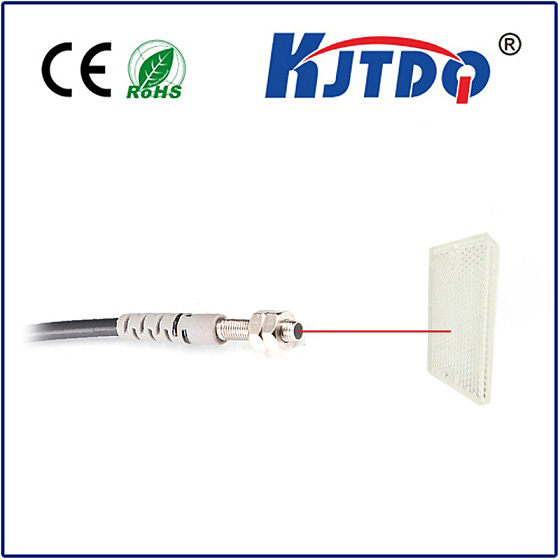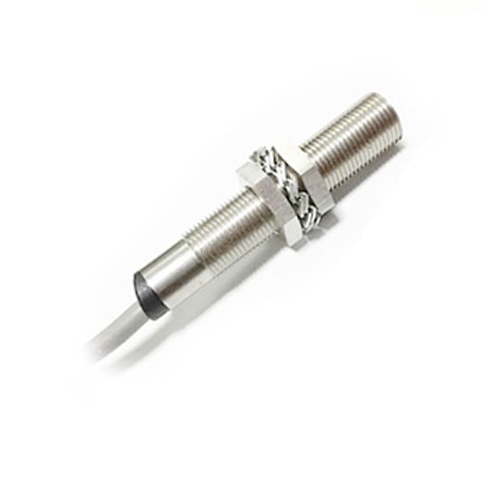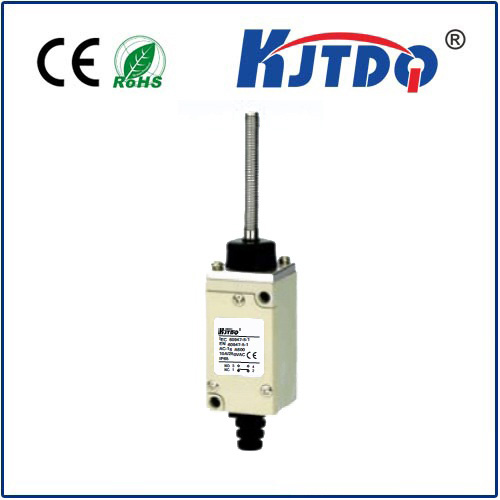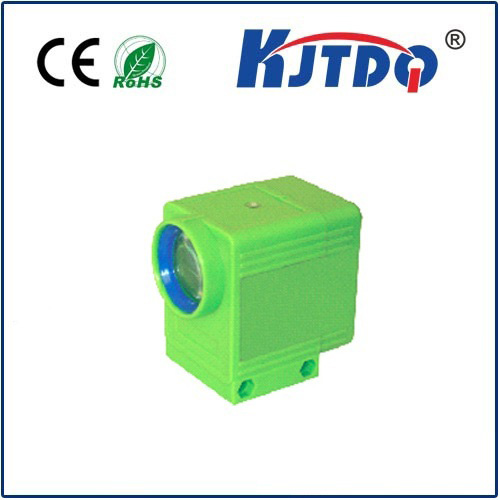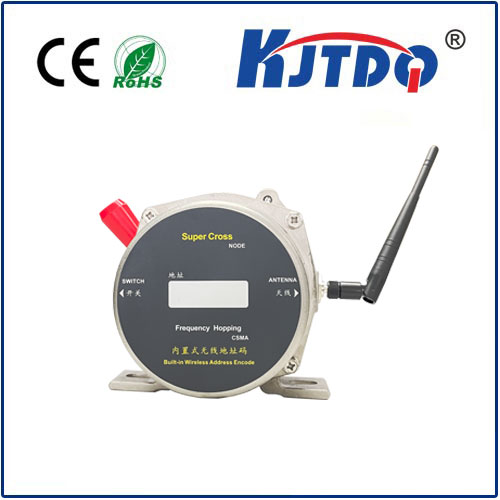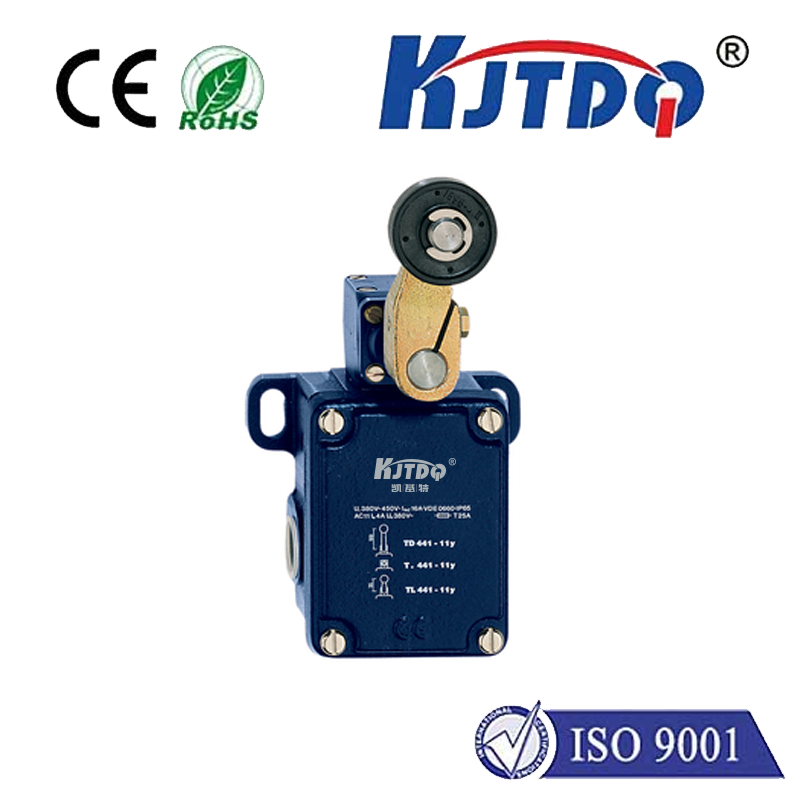

check

check

check

check
In the fast-paced world of modern technology, where precision and durability collide in challenging environments, the IP67 laser distance sensor emerges as a game-changer. Imagine effortlessly measuring distances with pinpoint accuracy while braving dusty factories, rainy construction sites, or even underwater applications—this innovation isn’t just a tool; it’s a shield against the elements. As industries push the boundaries of automation and efficiency, understanding how these sensors work and why their IP67 rating matters can transform your operations. This guide delves into the essentials of IP67 laser distance sensors, unraveling their inner workings, standout advantages, and real-world applications to help you harness their full potential without compromise.
What Is an IP67 Laser Distance Sensor? At its core, a laser distance sensor employs advanced light-based technology to measure distances accurately by emitting a laser beam and calculating the time or phase shift it takes to reflect off a target. The term “IP67” refers to its Ingress Protection rating—a globally recognized standard that guarantees exceptional resistance to dust and water. Specifically, the ‘6’ indicates complete protection against dust ingress, making it ideal for gritty settings like mines or workshops, while the ‘7’ signifies it can withstand immersion in water up to 1 meter deep for 30 minutes. This rugged design transforms a standard laser distance sensor into a robust solution for harsh conditions, ensuring consistent performance where other devices might fail. For instance, in construction or industrial automation, such sensors provide reliable data without frequent recalibration or damage from environmental hazards.

How It Works: The Science Behind Precision The functioning of an IP67 laser distance sensor relies on principles like time-of-flight or laser triangulation. In the time-of-flight method, the device shoots a pulsed laser toward an object, measures the duration for the reflection to return, and converts this into distance using the speed of light—all in milliseconds for high-speed accuracy. Alternatively, triangulation involves projecting a laser dot onto a target and using a detector to calculate angles, offering micro-level precision for tasks requiring fine detail. Coupled with intelligent algorithms and digital processing, these sensors minimize errors from ambient light or vibrations. The IP67-rated housing plays a critical role here, safeguarding internal components from moisture or airborne particles that could distort measurements. This robust build allows for seamless integration into systems like robotic arms or automated production lines, where dependable data is non-negotiable.
Key Benefits of Choosing an IP67 Laser Distance Sensor Opting for an IP67-rated sensor brings unmatched durability and reliability, setting it apart from standard models. First, its dust-proof capability ensures longevity in abrasive environments like forestry or manufacturing plants, reducing maintenance costs and downtime. Second, the water-resistant feature opens doors to applications in wet or submerged scenarios, such as monitoring irrigation systems or offshore platforms. Beyond environmental resilience, these sensors deliver exceptional accuracy—often down to millimeters—making them ideal for quality control in automotive assembly or architectural surveys. They also offer low power consumption and easy installation through wireless or wired interfaces, enhancing user-friendliness. In essence, the IP67 laser distance sensor combines ruggedness with precision, providing a cost-effective upgrade that boosts safety and efficiency across diverse sectors.
Wide-Ranging Applications Across Industries The versatility of IP67 laser distance sensors makes them indispensable in numerous fields. In construction, they enable precise leveling and volume calculations in exterior sites exposed to rain and dirt, speeding up projects while ensuring compliance with strict regulations. For automation and robotics, they serve as critical components in assembly lines, facilitating real-time adjustments for tasks like part alignment or collision avoidance—essential for maintaining flow in unpredictable settings. Agriculture benefits from their ability to monitor crop heights or equipment positions during all weather conditions, while logistics leverages them for warehouse inventory management where dust and humidity are common. Even emerging areas like autonomous vehicles or renewable energy installations rely on these sensors for obstacle detection and structural assessments in extreme climates. This adaptability underscores their role as a foundational technology in advancing Industry 4.0 initiatives.
Factors to Consider When Selecting an IP67 Laser Distance Sensor Choosing the right sensor involves evaluating key aspects to match your specific needs. Start with measurement range; options vary from short-distance models (e.g., 0.1–30 meters) for intricate work to long-range versions exceeding 100 meters for large-scale operations. Accuracy is crucial—look for specs like ±1 mm precision for high-stakes applications. The IP67 rating should be verified through certified testing, as subpar alternatives may falter under stress. Additionally, consider connectivity features such as Bluetooth or IO-Link for easy data transfer, and ensure compatibility with your existing systems. Durability tests in your operational environment can prevent surprises, while factors like battery life and calibration intervals affect long-term usability. By prioritizing these elements, you’ll maximize the sensor’s ROI and avoid pitfalls in challenging deployments.
Throughout this exploration, it’s clear that IP67 laser distance sensors represent more than just a measurement tool—they empower innovation in adversity. As technology evolves, staying informed on their capabilities ensures you stay ahead.

